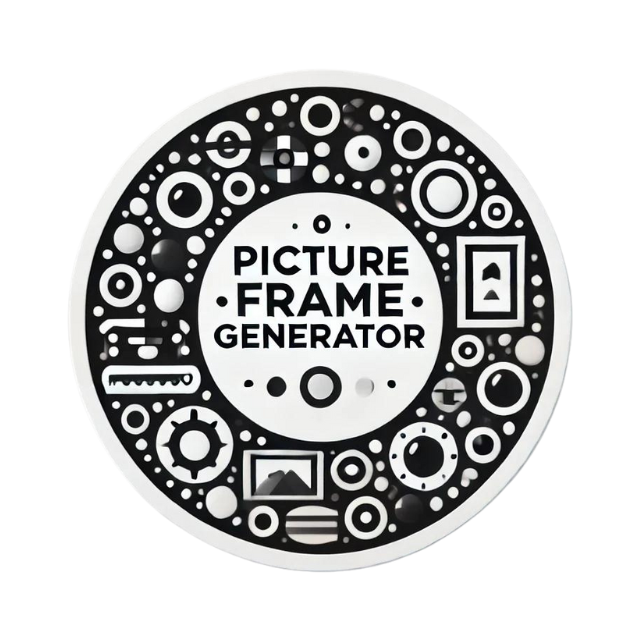Exploring Mixed Media - Combining Oil, Watercolor, and Drawing
Dive into the vibrant world of mixed media by combining oil paints, watercolors, and drawing to create art with rich textures and colors. Discover techniques that transform your creative visions into reality!

Exploring Mixed Media: Combining Oil, Watercolor, and Drawing
Mixed media art allows artists to break away from traditional boundaries and explore the endless possibilities that arise from combining different materials and techniques. One of the more avant-garde approaches within this sphere is the integration of oil paints, watercolors, and drawing. Each of these mediums has distinct characteristics and qualities, and when combined, they can create visually fascinating, textured, and vibrant artworks. This blog post will walk you through some effective techniques for combining these mediums to achieve compelling mixed-media artworks.
Understanding Mixed Media Art
Mixed media art refers to works that are created with more than one medium, allowing artists to leverage the unique properties of each to create richer, more expressive art. Understanding how different materials interact with each other is crucial for achieving successful mixed media results. For those new to this genre, experiments often lead to exciting discoveries, as long as the fundamentals are kept in mind, such as the drying properties and compatibility of different materials.
Let's delve into how oil paints, watercolors, and drawing can be combined to create something truly unique.
Techniques for Combining Oil, Watercolor, and Drawing
Planning Your Artwork
Before you begin, consider the final effect you wish to achieve. Planning is essential in mixed media because of the varying drying times, textures, and opacities of the materials involved. Sketching a rough outline and choosing a suitable base such as paper, canvas, or board can help streamline the process.
Establishing the Base: Watercolor as a Foundation
Watercolor can serve as the perfect foundation due to its translucent, fluid nature. This medium offers a range of textures and tones, thanks to techniques such as wet-on-wet, where colors blend seamlessly on wet paper, and dry brush, where less water is used for sharper, more defined strokes. Applying a watercolor wash can set the mood of the painting by creating atmospheric depth and a layer upon which other mediums can build.
When preparing your base, remember that the paper you use must be thicker than regular paper to prevent buckling. Watercolor paper or mixed media paper will provide the best results.
Adding Depth with Drawing Elements
Once the watercolor layer is dry, introduce drawing elements to add line work and detail. Pencils, ink, charcoal, or pastels can all be integrated, depending on the desired effect. Drawing can define shapes and add intricate detailing or texture to your piece.
For instance, using graphite or charcoal can create soft, subdued lines, while ink or pastels can offer more boldness and contrast. Experiment with different pressures and angles to explore the textural possibilities each tool brings.
Introducing Oil Paints
Oil paints, known for their rich colors and texture, can add the final touch of vibrancy and dimension to your artwork. One of the biggest challenges when using oil paint over watercolor is the potential for oil’s longer drying times and thicker consistency to overpower the more delicate watercolor layer.
To address this, consider using a glazing technique with oil paints. This involves diluting the oil paint with a medium such as linseed oil or a commercially available glazing medium to create translucent layers that won't completely cover the watercolor beneath but instead allow it to shine through subtly. Alternatively, rely on impasto techniques to introduce rich textures and raised surfaces in specific parts of your painting to draw interest and add focus to key areas.

Practical Tips for Success
Ensuring Compatibility
Since water and oil don’t naturally mix well, it’s crucial to ensure your materials work harmoniously. Make sure that each layer you apply is dry before introducing a different medium. This practice can prevent potential issues, such as lifting, smudging, or unwanted blending.
Adopting a Layering Approach
A logical sequence in layering can determine the clarity and structure of your final artwork. Start with lighter, more transparent layers such as watercolor and ink. Progressively, add opaque and dense layers such as oil paints. A useful mnemonic for this is "Fat over lean"—meaning the thicker, oilier mediums go last to prevent cracking.
Conclusion
The process of combining oil paints, watercolor, and drawing in mixed-media art provides artists with an exciting way to push the boundaries of traditional art forms. By properly planning and understanding the properties and interactions between the materials, artists can utilize the unique characteristics of each medium to create artworks rich in texture, color, and expression.
Mixed media encourages experimentation, blending established art techniques with personal flair to create pieces that truly stand out. Whether you are a seasoned artist or a beginner looking to experiment with new techniques, combining oil, watercolor, and drawing can open a world of creative possibilities.
By applying the techniques and tips outlined in this post, you can begin to explore the exciting realm of mixed media art and bring your unique visions to life.
